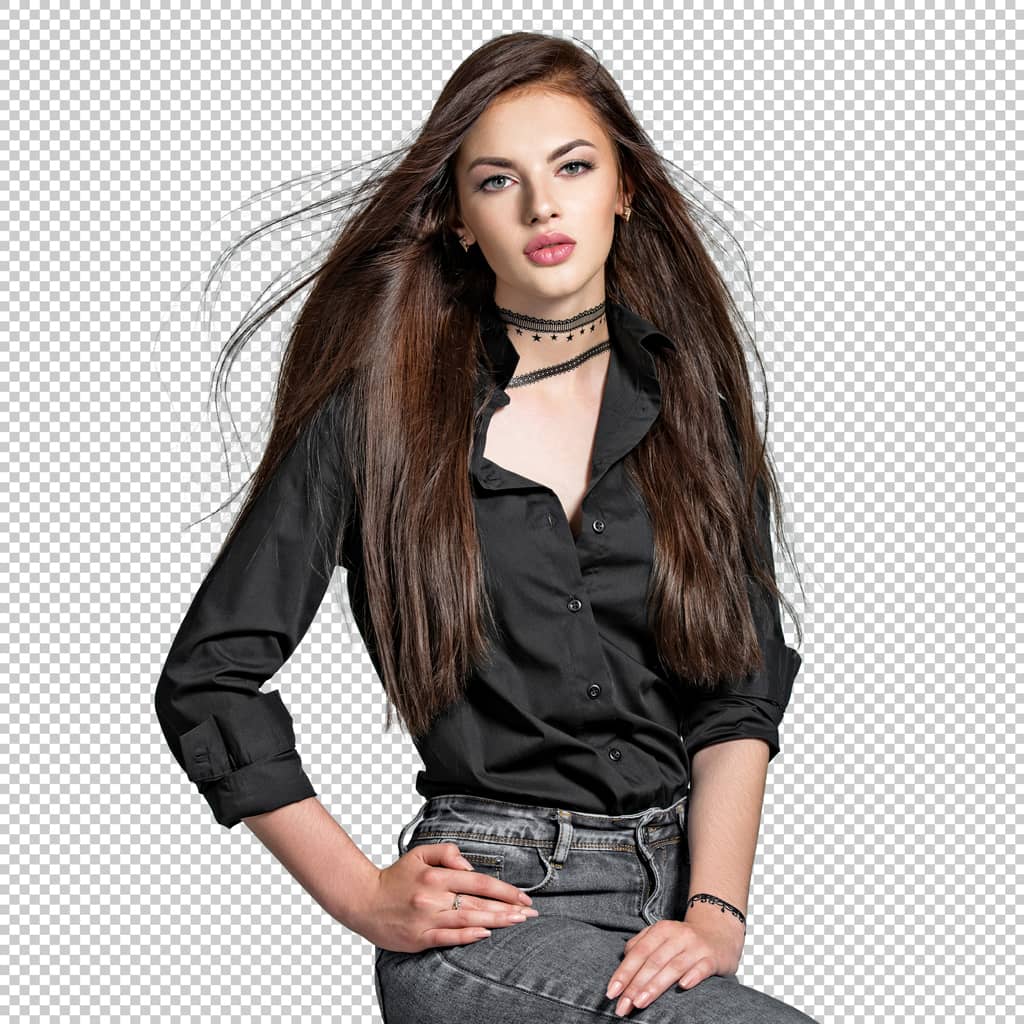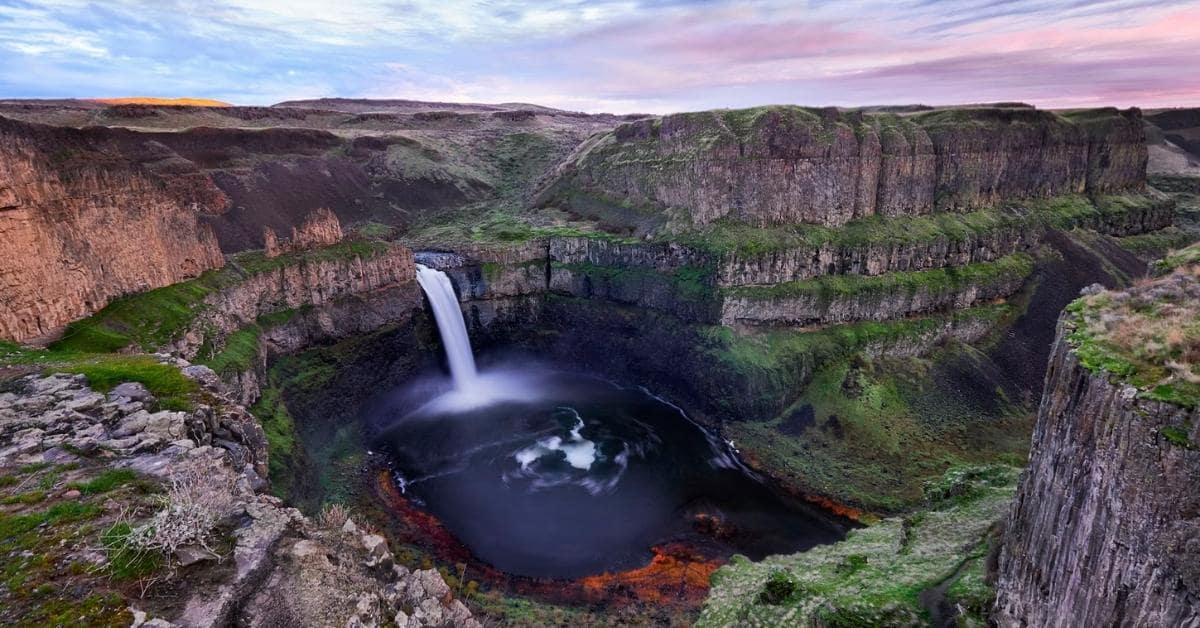In today’s visually driven world, image manipulation techniques have become indispensable tools for photographers, graphic designers, marketers, and even casual users. Whether you want to enhance your personal photos, create captivating marketing materials, or simply enjoy the art of image editing, mastering these techniques can be a game-changer. In this article, we will explore the world of image manipulation, providing you with insights, tips, and tricks to enhance your skills.
Understanding Image Manipulation
Image manipulation refers to the photo editing process of altering, enhancing, or transforming images to achieve specific visual results. This can range from simple adjustments like cropping and color correction to complex tasks such as creating surreal artworks or realistic visual effects.
Essential Image Manipulation Techniques
When you first start image manipulation, you must master some essential techniques. Let’s dive into these essential image manipulation techniques.
Color Correction and Enhancement


Color correction involves adjusting the colors in an image to improve its overall appearance. You can tweak brightness, contrast, saturation, and hue to achieve the desired effect.
Retouching and Blemish Removal
Retouching is used to remove imperfections, wrinkles, and unwanted elements from an image. Healing and cloning tools are commonly employed for this purpose.
Background Removal and Replacement


Background removal allows you to isolate the subject in an image, making it easier to place them in different settings or create transparent backgrounds.
Cropping and Resizing
Cropping helps you eliminate unnecessary parts of an image, while resizing allows you to adjust an image’s dimensions without compromising quality.
Adding Text and Graphics
Overlaying text and graphics can be useful for creating marketing materials, memes, or informative images.
Filters and Special Effects
Applying filters and special effects can dramatically change an image’s mood and style, offering creative opportunities.
Advanced Image Manipulation Techniques
Once you have mastered the essential image manipulation techniques, you can move on to more advanced techniques. They are described below.
Layering and Masking


Layering involves stacking multiple images or elements on top of each other, while masking helps blend these layers seamlessly.
Cloning and Healing
Cloning replicates parts of an image while healing seamlessly blends and corrects imperfections.
Photo Compositing
Compositing combines elements from multiple photos to create a new, cohesive image.
Digital Painting


Digital painting techniques mimic traditional painting methods using digital tools.
3D Rendering and Effects
Advanced image manipulation can involve adding 3D elements, creating realistic shadows, and adding depth.
Need Professional Image Manipulation?
Conclusion
Image manipulation techniques are versatile tools that can elevate your visual content and creative projects. Whether you’re a beginner or an experienced user, understanding the basics and exploring advanced techniques can unlock a world of possibilities. Remember to practice and experiment to develop your skills further. Happy image editing!
Frequently Asked Questions (FAQs)
Image manipulation is a common practice in photography and art. The ethical boundary depends on the context – it can be artistic expression or deceptive manipulation.
Yes, image manipulation is widely used in marketing and advertising to create visually appealing content.
Beginners often find Adobe Lightroom and Canva user-friendly, while professionals prefer Adobe Photoshop.
You can find numerous tutorials online, take courses, or experiment on your own to master advanced techniques.
This page was last edited on 3 April 2024, at 11:07 am
